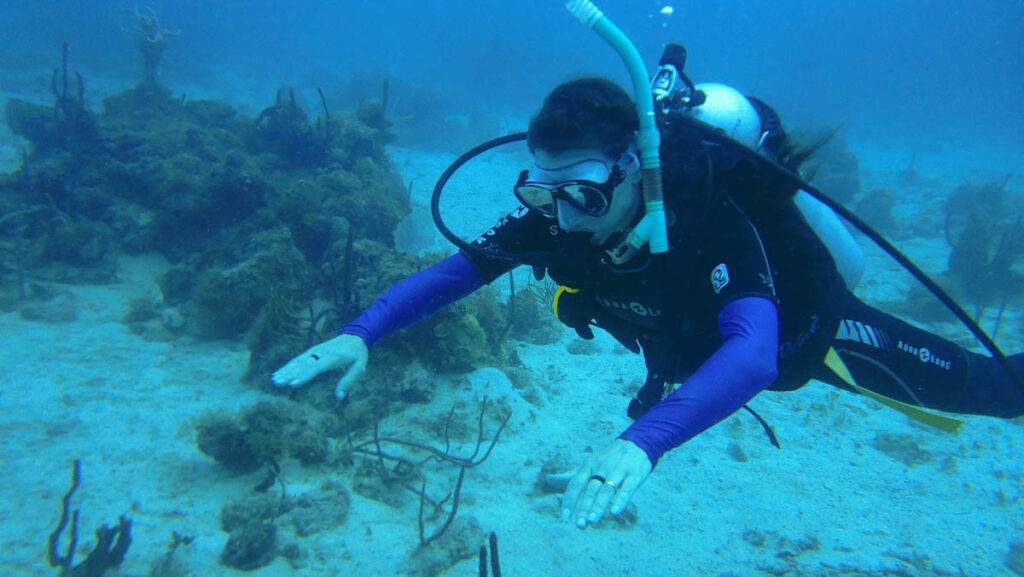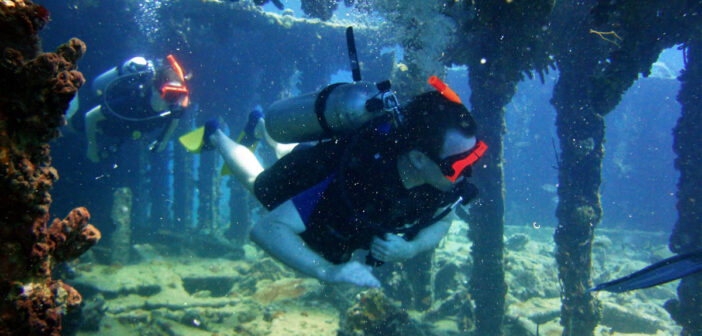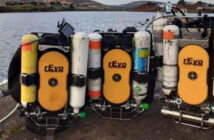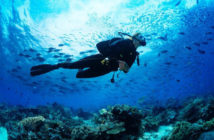Buoyancy control is one of the fundamental skills in scuba diving, essential for maintaining stability, conserving energy, and protecting the underwater environment. Whether you’re a novice diver or a seasoned pro, mastering buoyancy control can significantly enhance your diving experience. In this feature, we delve into the art of buoyancy control, providing expert tips and techniques to help you perfect your dive.
Understanding Buoyancy
Buoyancy is the force that allows objects to float or sink in a fluid, such as water. In scuba diving, achieving neutral buoyancy—where you neither sink nor float—enables you to effortlessly hover at any depth, conserving energy and minimizing disturbance to the marine environment.
1. Equipment Setup
Before diving into mastering buoyancy, it’s crucial to ensure your scuba gear is properly configured. Start by choosing the right amount of weight. Too much weight can make you sink too quickly, while too little can lead to difficulty descending. Conduct a buoyancy check at the surface to determine the correct amount of weight for your body and equipment.
Next, optimize your equipment configuration. Ensure your buoyancy compensator device (BCD) is correctly adjusted and fits snugly. Position your weights evenly to maintain balance in the water. Properly configured gear sets the foundation for achieving optimal buoyancy control.
2. Perfecting Descents and Ascents
Mastering buoyancy begins with mastering descents and ascents. During descent, control your rate of descent by releasing small amounts of air from your BCD while equalizing your ears. Avoid rapid descents, as they can lead to barotrauma and disorientation.
Similarly, ascend slowly, releasing small amounts of air from your BCD to maintain a controlled ascent rate. Ascending too quickly can result in decompression sickness and other diving-related injuries. Maintain awareness of your surroundings and ascend at a pace that allows for a safe and comfortable transition to the surface.

Photo by Karl Callwood on Unsplash
3. Achieving Neutral Buoyancy
Once you’ve reached your desired depth, strive to achieve neutral buoyancy. Begin by establishing a streamlined body position, with your head and feet aligned and your arms relaxed by your sides. Use your breathing to fine-tune your buoyancy—inhaling to ascend and exhaling to descend. Practice small adjustments in buoyancy by adding or releasing air from your BCD in short bursts.
Refine your buoyancy control by mastering fin techniques. Experiment with different fin kicks, such as the frog kick or modified flutter kick, to maintain stability and conserve energy. Minimize excessive movements to reduce disturbances to the underwater environment and maximize your diving experience.
4. Buoyancy Control Drills
Enhance your buoyancy control skills through dedicated training drills. Practice hovering motionless at various depths, using subtle adjustments in buoyancy and breathing. Challenge yourself with buoyancy control games, such as buoyancy obstacle courses or weightlessness contests, to improve your precision and control underwater.
Participate in buoyancy specialty courses offered by certified diving instructors. These courses provide targeted instruction and practical exercises to refine your buoyancy control techniques and deepen your understanding of underwater physics.
Mastering buoyancy control is an ongoing journey that requires patience, practice, and dedication. By honing your equipment setup, perfecting descents and ascents, achieving neutral buoyancy, and engaging in buoyancy control drills, you can elevate your diving skills to new heights. Remember, buoyancy control not only enhances your safety and enjoyment underwater but also fosters a deeper connection with the marine environment. Dive in, explore, and embrace the art of buoyancy control on your underwater adventures.









